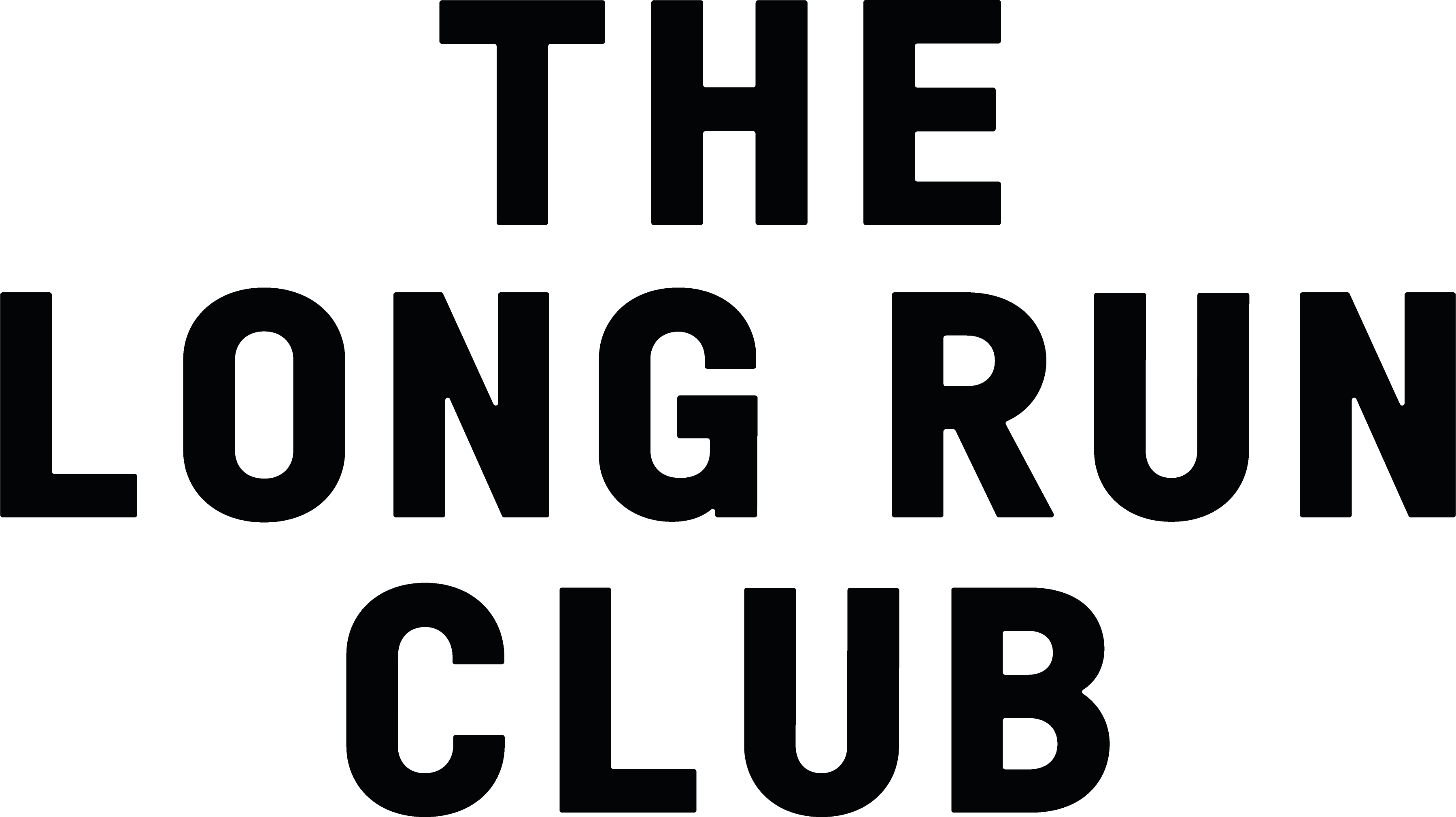

THE LONG RUN CLUB LTD

Scotland, United Kingdom
December 2024
Apparel
Wholesale/Retail
United Kingdom
At The Long Run Club, our mission is to empower teams and events to express their identity while minimising their ecological footprint and contributing to positive social impact through sport. The Long Run Club is an ethical and honest teamwear brand, dedicated to providing innovative and sustainable athletic apparel and accessories. Combining performance-driven design with a commitment to meeting the highest standards of social and environmental performance, transparency, and accountability. Specialising in Running, Cycling and Triathlon teams and events, The Long Run Club combines performance-driven design with a real commitment to sustainability, making it an ideal choice for sports teams and fitness enthusiasts at all levels. At the heart of The Long Run Club's mission is the celebration of enduring fitness journeys, symbolising both personal growth and collective team spirit. The brand's high-quality teamwear collections are meticulously crafted in Europe with cutting-edge technology, ensuring optimal comfort and durability for athletes.
Overall B Impact Score
Governance 23.3
Governance evaluates a company's overall mission, engagement around its social/environmental impact, ethics, and transparency. This section also evaluates the ability of a company to protect their mission and formally consider stakeholders in decision making through their corporate structure (e.g. benefit corporation) or corporate governing documents.
What is this? A company with an Impact Business Model is intentionally designed to create a specific positive outcome for one of its stakeholders - such as workers, community, environment, or customers.
Community 34.6
Community evaluates a company’s engagement with and impact on the communities in which it operates, hires from, and sources from. Topics include diversity, equity & inclusion, economic impact, civic engagement, charitable giving, and supply chain management. In addition, this section recognizes business models that are designed to address specific community-oriented problems, such as poverty alleviation through fair trade sourcing or distribution via microenterprises, producer cooperative models, locally focused economic development, and formal charitable giving commitments.
Environment 36.7
Environment evaluates a company’s overall environmental management practices as well as its impact on the air, climate, water, land, and biodiversity. This includes the direct impact of a company’s operations and, when applicable its supply chain and distribution channels. This section also recognizes companies with environmentally innovative production processes and those that sell products or services that have a positive environmental impact. Some examples might include products and services that create renewable energy, reduce consumption or waste, conserve land or wildlife, provide less toxic alternatives to the market, or educate people about environmental problems.
What is this? A company with an Impact Business Model is intentionally designed to create a specific positive outcome for one of its stakeholders - such as workers, community, environment, or customers.
Customers 4.5
Customers evaluates a company’s stewardship of its customers through the quality of its products and services, ethical marketing, data privacy and security, and feedback channels. In addition, this section recognizes products or services that are designed to address a particular social problem for or through its customers, such as health or educational products, arts & media products, serving underserved customers/clients, and services that improve the social impact of other businesses or organizations.